Understanding Germany to USA Shipping Routes
Germany to USA shipping is among the most significant transatlantic trade routes, which link the largest economy of Europe with the largest consumer market in the world. This pass pre-processed billions of dollars worth of trade every year; this is why it is imperative to the sphere of business that takes place between these economic giants. The main ports in Germany such as Hamburg, Bremen, and Wilhelmshaven are normally connected via the shipping route to New York, Los Angeles, Long Beach, and Savannah, some of the major ports in the US.
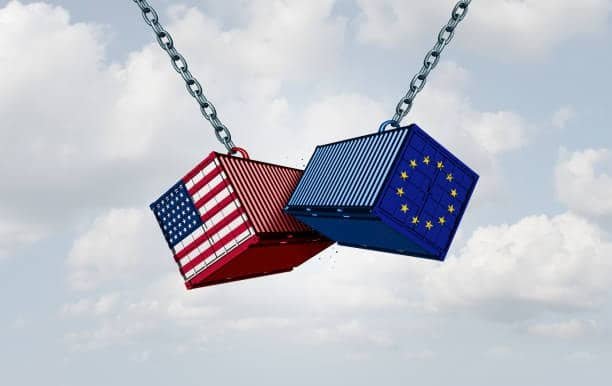
Over the decades, the transatlantic shipping route has changed a bite, and the current container ships have the capacity of transporting thousands of twenty-foot equivalent units (TEUs). Segmented on a wide range of industries, this pathway includes automobile manufacturing and machinery, consumer products, and raw materials. Businesses intending to trade internationally must learn the basics of this shipping channel.
Key German Ports for USA Shipping
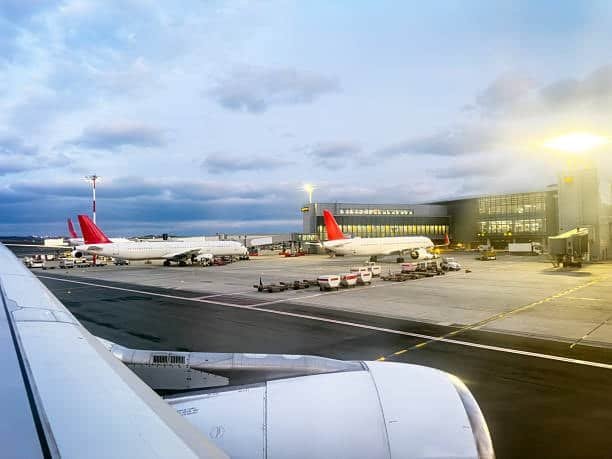
Hamburg proudly maintains the title of the largest port of Germany and one of the biggest container ports in Europe. The Hamburg port is a major gateway used in shipping to the USA where it transports more than 8 million TEUs per year. It has excellent inland connections being strategically located on the Elbe river, and its deep-water terminals serve the largest container ships on the transatlantic routes.
Bremen and Bremerhaven are a second-largest port conglomerate in Germany that handle containers and automobile exports. These ports provide direct shipping services to the major destinations in the US and they also give comprehensive logistics support to the exporters. Germany Wilhelmshaven, its deepest port, has become a significant alternative, in which the latest generation ultra-large container vessels can be served.
Major US Destination Ports from Germany

The port of New York and New Jersey is the main East Coast gateway to German Exports, which had handled more than 7 million TEUs in one year. It is near big population centres and has good inland transport networks and thus useful in distributing German goods in the northeast of USA. The complete facilities of the port offer usefulness to both containerized as well as specific car products freight forwarder.
Alternative routes for the German exporters with interests in western US markets are West Coast ports such as those at Los Angeles and Long Beach cheapest shipping. These are advantageous ports in cargo bound to California and Pacific Northwest, but cargo usually takes a longer time in transit compared to the East Coast. The southeast coast regions of Savannah and Charleston have come to the forefront as effective substitutes to the traditional gateways in the Northeast.
Ocean Freight Options Germany to USA

Full Container Load (FCL) shipping guarantees the safest and the most cost-effective solution of transacting large loads of freight between Germany and USA. FCL services ensure that there is exclusive use of containers, faster cargo speed and less handling risks. The common types of container sizes are 20-foot, 40-foot and high-cube containers (40 feet) that are the most common in lightweight, bulky cargo reliable freight forwarders.
Less than Container Load (LCL) shipping is a cheaper method of shipping when it comes to smaller freights that do not necessarily need the entire container size. The cost of shipping goods on a per-unit basis is minimised with LCL services that pack many shipments into the same container. LCL however will have longer transit times since there are consolidation and deconsolidation at the origin and destination ports.
Air Freight Services Germany to USA
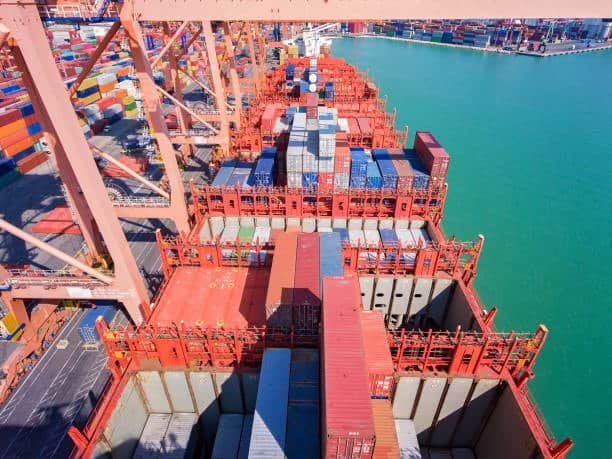
The fastest mode of transporting cargo is air freight but it transports time sensitive goods between Germany to USA and it takes an average of 1-3 days. There are large airports in Germany, such as Frankfurt, Munich, and Cologne, which handle quite large air deliveries to the US destinations, such as New York, Los Angeles, Chicago, and Miami. The air freight can be specifically useful in the shipment of items of high value, perishable or urgent goods.
Express air services provide door-to-door delivery with all the guarantees of the transit times, and it is suitable to deliver documents, samples, and urgent spare parts shipping modes. Some of the typical services offered are customs clearance services, tracking and insurance. Although air transport is a lot more expensive to cover than ocean transport, speed factor necessitates its application in a variety of business activities shipping modes.
Transit Times and Shipping Schedules
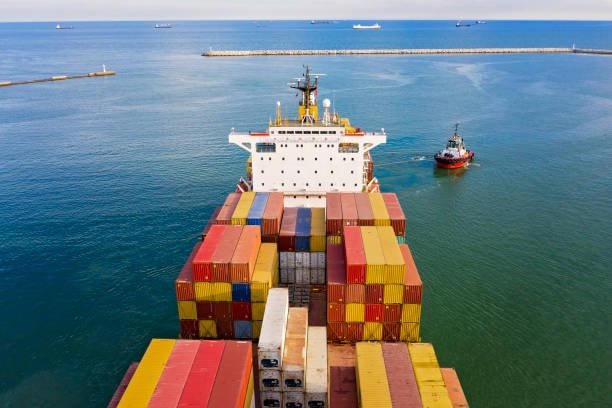
The transit or travel time by ocean freight between Germany and the USA East Coast ports can be estimated between a range of 10-14 days of shipping time although this is dependent on the line and combination of the port of origin and destination. In most cases, services to West Coast destinations take 20 to 25 days because of added routing via Panama Canal or rounding up the Cape Horn. Fixed sailing schedules mean a departure every week or every two at predominant German ports.
The transit times by air freight are far much faster with the express services operating within 24-48 hours; standard airfreight has an average of 3-5 days. Nevertheless, air freight may become restricted during high seasons, which may delay the shipment. Depending on weather conditions, the processing of customs, and local holidays, shipping schedules of ocean and air freight, can be influenced.
Shipping Costs and Pricing Factors
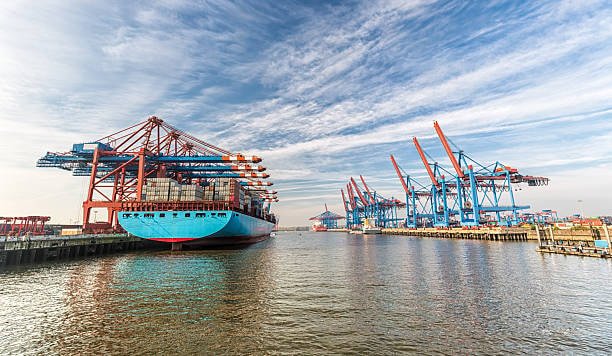
The rates of shipping Germany to USA are significantly different depending on the various factors such as the weight or volume of the cargo to be shipped, shipping mode and seasonal demands. Ocean freight prices are usually on the basis of container (FCL)/cubic meter/cubic kilometers/kilogram weight (LCL) and the air freight charges are based on the weight of the shipment with dimensional weight calculations applied to the light items commercial invoice.
Others determinants of cost factor are fuel surcharge, currency exchange rate, port congestion fee and seasonal peak season surcharge. Demurrage fees and container detention fees may incur a huge cost in case cargo is not relocated in time. Total landed costs are also added by the insurance, customs duties, and inland transportation.
Customs Regulations and Requirements
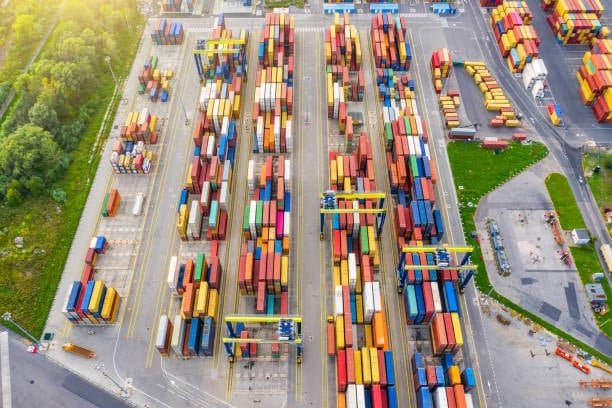
The US custom requirements on imports of the German goods must be documented in details such that commercial invoices, packing lists, and bills of lading must be provided. Some products might be necessitated to seek further permits, certificates, or to adhere to the certain regulations of the US. Most of the customs entries are carried out in the Automated Commercial Environment (ACE) system through electronic transmission commercial invoice value.
The German exporters are required to adhere to the export control laws, especially on dual use or export of technology. Sufficient classification as the Harmonized System (HS) codes is important in proper determination of the duty to be paid and customs clearance. Special tariffs can be in the form of anti- dumping duties on a particular product, so one has to watch out as he/she ships the product.
Documentation for Germany USA Shipping
Commercial invoices about cargo value, contents specifications, packing lists that contain the description of what is in the container, and bills of lading, which makes a contract of transportation are essential shipping documents. The trade agreements may require certificates of origin on the preferential duty treatment. The certificates of insurance cover loss or damage of the cargo that might occur during transportation shipping partners.
Special goods might demand extra paper work like phytosanitary certification of agricultural produce, FDA registration of food goods or FCC certification of electrical equipment. Correct documentation facilitates an easy passage through customs and eliminates expensive delays in destination ports.
Import Duties and Taxes

The US import duty rates differ according to the product categories as well as the countries of origin with zero rate to more than 25% duty on various products. The majority of German products receive Most Favored Nation (MFN) treatment, and, therefore, need to have competitive duty rates. Most imports are subject to the Merchandise Processing Fees (MPF) which is normally 0.3464 percent of the value of cargo.
Other taxes can be the excise taxes on certain goods, anti dumping taxes on some goods and the state taxes on sales. Harbor Maintenance Fees (HMF) at an agreed rate of a percentage value of the cargo value should also be considered by the Importers. Free Trade Zones enable the shipments to defer or eliminate duties on qualifying shipments.
Packaging and Labeling Requirements
Good packaging keeps cargo safe along the way through the long trip between Germany and USA in addition to abiding with the international shipping requirement. Freight in the containers should be loaded with certain weight distribution requirements and must be stowed in a manner that there is no movement during the voyage across the ocean. Special packaging and labeling must be met when working with hazardous materials.
According to US labeling regulations, particular information must be provided with mentioning of the country of origin, description of the product, and possible warnings. Fiber contents should be labeled in detail in case of textile products, whereas food products should have some nutritional labels and FDA statement too. Electronic appliances will have to comply with the FCC labeling.
Insurance Options for International Shipping
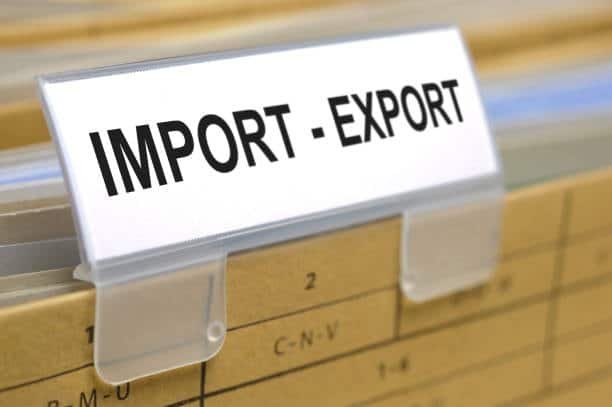
The marine cargo insurance cover the risk of loss or damages during shipping in Germany to USA, and the cover is normally influenced by the value of the cargo, the freight cost, and the duty prices. All-risk coverage covers most of the risks, whereas there are also named perils policies, which protect against only several causes such as a fire, collision, or general average.
In placed where value of shipments is high, or when there is a tension between nations, a war risk insurance might become necessary. Warehouse coverage ensures that the cargo is secured throughout storage as inland transit insurance covers the movement of cargo to and out of ports. Valuation of insurance is properly conducted in order to offer sufficient compensation in terms of potential loss.
Dangerous Goods and Restricted Items
Shipments carrying dangerous goods between Germany and USA should either meet the International Maritime Dangerous Goods (IMDG) regulation bearing in mind that dangerous goods should carry out deliveries through ocean freight or the International Air Transport Association (IATA) regulation bearing in mind that dangerous goods will be delivered through air. Transport of hazardous materials requires appropriate classification, packaging, marking and documentation.
Some of the restricted items are chemicals, batteries, compressed gases, and flammable materials that have to be handled and documented separately. Certain things could be either banned completely or they come with special licenses. Shippers have to correctly report dangerous goods to guarantee safe transportation, and safe regulation.
Tracking and Monitoring Shipments
In recent years, there existed good shipping tracking technologies that enable cargo tracking in real time across German ports to the US markets. Container tracking contains special equipment numbers and booking reference to trace vessels, port operations and estimated arrival. High-value shipment is provided with added security and tracking services with the help of GPS.
The functions of the inventory management and the operation of the supply chains are facilitated by automatic status notifications and exception messages provided by the electronic data interchange (EDI) systems. Web portal and mobile applications allow easy movement of information on tracking and shipping documents during the transportation process.
Choosing the Right Shipping Method
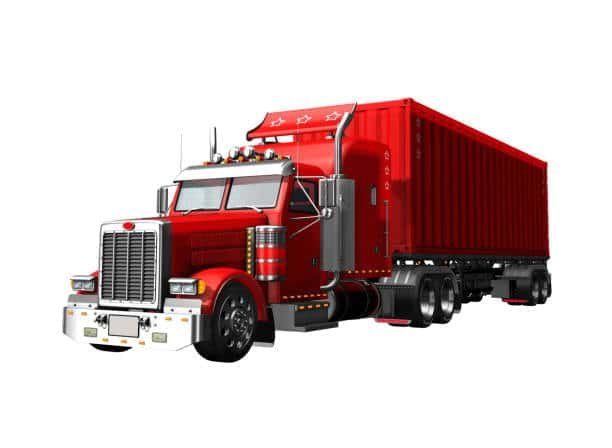
The choice of either ocean freight or air freight is based on the nature of the cargo to transport, the cost consideration, and deadlines. Ocean freight is appropriate in large and heavy consignments where speed is not a priority and economy is the priority. Air transport suits freight that needs to be shipped within short time durations, are of high value, and are perishable, to accommodate higher charges.
Combination of ocean and air transportation, i.e. hybrids solutions, can provide cost and transit time optimisation of some shipments. When shipping any goods, it is important to consider such factors as size, weight, value, urgency and seasonal demand of the cargo when deciding about the mode of transportation. Retail shipping quantities can be justified in pure containers or pooled shipping plans.
Working with Freight Forwarders
With services that include booking, documentation, customs clearance and delivery, professional freight forwarders, such as GWT Worldwide offer end to end logistic services in the shipping of freight between Germany to USA. Reputable forwarders are well versed with tricky regulations, have connections with carriers, and provide group shipping facilities to small exporters.
The major services are rate negotiation, consolidation of freight, preparation of documents, custom clearance and coordination of land transport. Forwarders can be able to offer guidance to useful advice on packaging, routing, and requirements of compliance by taking in charge the whole door to door shipping activities.
Seasonal Considerations and Peak Periods
Costs and demands of shipping have been shown to change over the season and the season when costs are highest are usually during the run up to a major holiday and during traditional manufacturer seasons. Summer months can result in decreased shipping capacity as European companies carry out maintenance and close during the holidays. The Christmas holiday and the Chinese new year usually cause the creation of capacity shortages and elevated rates.
Shipment planning outside peak time can save a lot in terms of costs and is reliable. Booking before the high season and leaving the option to adjust to the needs of the day unloads the workload in terms of time or costs of shipping during the peak season, and in the case of adjusting scheduling, it is also possible to optimize the costs of shipping at any time of the year.
Technology and Digital Solutions
Turning digital has transformed Germany to USA shipping with all its electronic documentation capabilities, automated clearing systems, and real-time tracking modes. The potential of blockchain technology is an increase in transparency and security of international trade transactions. AI can do efficient routing and forecast delay possibility.
Digital freight networks allow customers to book, compare prices and track their shipment over nice to use platforms. The electronic bills of lading lowers the time taken in processing and enhances security and the automated customs filing enhances lower clearance times. These technologies have enhanced efficiency and made costs lower to international shippers.
Environmental Considerations
The concept of sustainability is also progressively impacting into shipping decisions and most companies are now consulting to find environmental friendlier means of transportation. The ocean freight generates few carbon emissions per unit than does the air freight and therefore this is the freight mode that eco-friendly shippers prefer. Contemporary ships bear fuel-efficient developments and low-emission fuels.
Carbon offsets enable the shipping companies to counter the emission towards transportation through environmental endeavors. Such green shipping practices involve more optimal distribution, better packages, and consolidation policies to make full use of container containers. The projects will assist businesses in achieving sustainability objectives as they continue to run cost-effective transportation procedures.
Future Trends in Transatlantic Shipping
The digitalization, automation and sustainability orientation are the growing trends in shipping between Germany and the USA. Smart containers and autonomous vessels can guarantee a higher level of efficiency and fewer operational costs. Machine learning and advanced analytics allow optimising routing, management of capacity, and predictive maintenance.
The shipping environment is still being influenced by changes in the trade policy, investments in infrastructure, and technological innovation. Brexit effects, trade relationships, and new free trade agreements affect routing and regulatory procedures. Competitive advantages help shippers to keep in touch with the changing trend.
Supply Chain Integration
Effective shipping of Germany to USA demands effective coordination of operations with other parts of the supply chain. This involves liaisons with suppliers, manufactures, distributors, and end consumers in order to streamline the level of inventories and delivery schedules. Advanced planning systems assist in coordination of the production and shipping agendas.
Warehouse management systems also work with shipping schedules so as to flow cargo efficiently and incur minimal storage costs. Vendor-managed inventory systems will allow the reductions in the repetition of shipment and will not erease the level of services. Direct-to-consumer delivery within a retail business allows integration with the e-commerce platforms.
Risk Management Strategies
Risks relating to international shipping comprise such aspects as the loss or damage of cargo, delays, changes in currency rates and regulations. Effective risk management measures include the use of insurance, variety of the routing options and contingency planning. Political risk insurance covers the acts of government in global trade.
Such financial risk management comprises of the currency hedging, the optimization of payment terms as well as the credit risk assessment. Back up plans are needed to overcome operational risks such as port congestions, vessel breakdowns and weather delays. Proper risk assessment and mitigation planning assist in creating stable shipping processes.
Cost Optimization Techniques
Going to US shipping in Germany, cost performance would imply several ways to reduce cost such as negotiation of rates, consolidations, and optimization of routes. The volume commitments usually negotiate better rates with the carriers and during flexible schedules, peak period charges can be evaded. Minimizing dimension reduces charges in form of dimensional weight.
Means of optimizing duty can be divided into the right classification, origin certification, and the trade using free zones. The methods of inventory management are able to compromise between carrying costs and frequency and volume discounts. Frequent analysis of the market also helps to get proper price and service optimization.
Regulatory Compliance and Updates
Keeping abreast with the progressive changes in the regulation is vital in achieving successful Germany to USA shipping process. The regulations of trade, security and environmental norms keep changing and although it is simple to keep checking, there is an obligation to be up to date with these regulations as well. Such regulations are offered by professional associations and trade publications.
It is possible to speed-up custom and decrease examination rates with Customs-Trade Partnership Against Terrorism (C-TPAT) certification. In Europe, Authorized Economic Operator (AEO) status is beneficial to the exporter in the EU. These apps need elaborate security protocols yet they are very beneficial in operation.
Customer Service and Communication
The feature that distinguishes winning shipping providers is the top-notch customer service that entails pro-active communication effort, issue resolution and value addition services. Frequent status report, exception alerts and proper documentation will keep the customer satisfied. Different languages address the needs of various customers.
The relationships with customs brokers, terminal operators, and transport providers will be at a professional level, allowing the resolution of the problem and optimization of the service without complications. The implementation of continuous improvement processes ensure integration of the customer response and measures of the performance that will offer efficiency and quality to the service provided.
About GWT Worldwide
With the main services of global freight forwarding and supply chain solutions, Shenzhen Guanwutong International Freight Forwarding Co.,Ltd. (GWT Worldwide) is a professional and specific logistics service provider. Having an expertise in Germany to USA shipping route, GWT provides a full range of services that encompass ocean freights, air freights as well as clearing and delivery facilities of any destination, referred to as door to door delivery services.
The main services offered by GWT Worldwide include air freight services, sea freight services, China to Europe transport by train, international express and courier system, customs clearance and warehousing services as well as Amazon FBA Labeling and shipping tools. Through leading logistics technology together with a wide network of reliable partners all over the world, GWT guarantees the safe, fast, and compliant transportation of goods to their destination.
Conclusion
The Germany to USA shipping is a very important part of the international trade business which involves thorough planning, documentation and execution of the same in order to succeed in their activities. A well-ordered international shipping requires not only professional knowledge and experience but also a certain degree of knowledge and awareness in the selection of proper shipping means, familiarity with customs regulations, management of costs and risks. Needless to say, ocean freight to deliver on a large volume of shipments at reasonable cost or air freight whose cargo must arrive within specified time are the ways to go; with the right elements of planning and logistic facilitator partners, the results will always go the extent of being excellent.
International shipping is such a complex affair that requires proper documentation, logistics management, and enforced rules, all of which are hard to imagine without the assistance of professional freight forwarders to most companies. Firms such as GWT Worldwide offer the knowledge, funds, as well as international connections needed to trounce the obstacles of Germany to USA shipping as well as optimal cost and service delivery.

